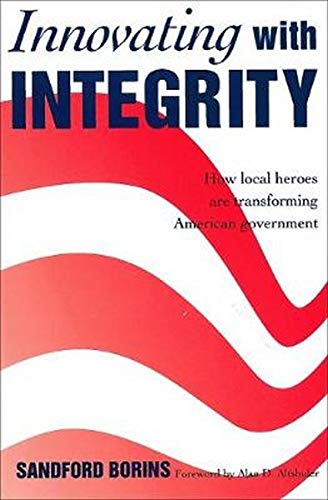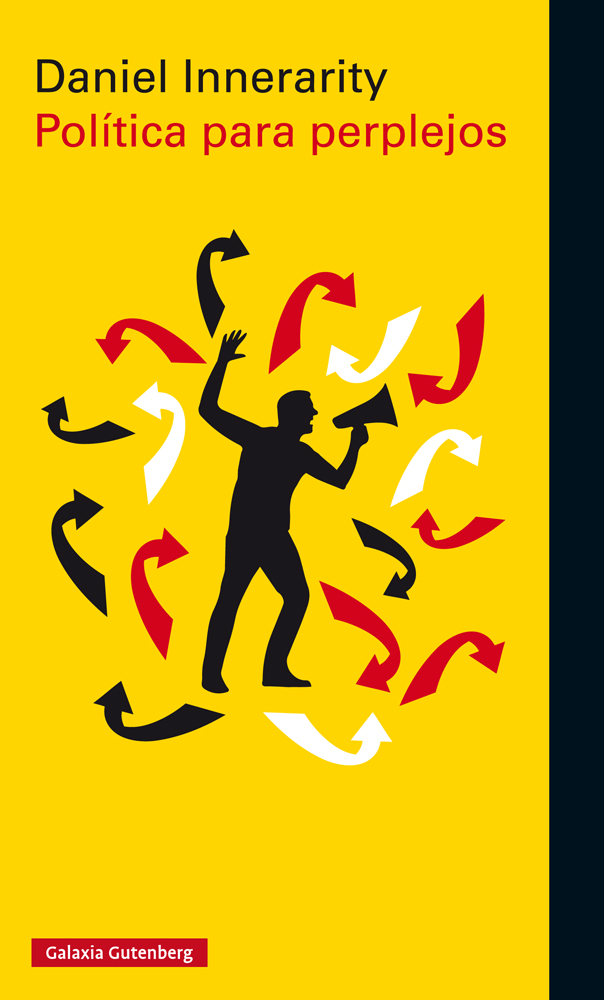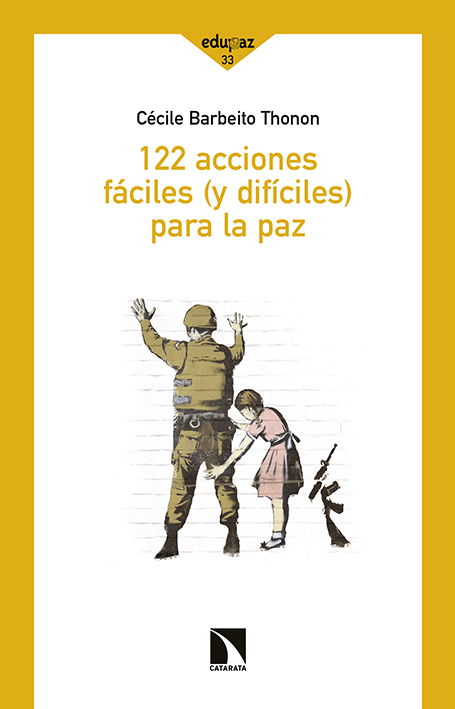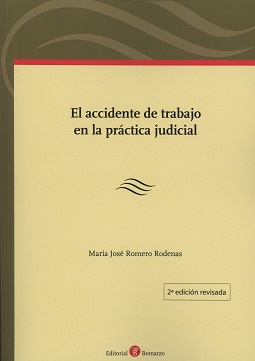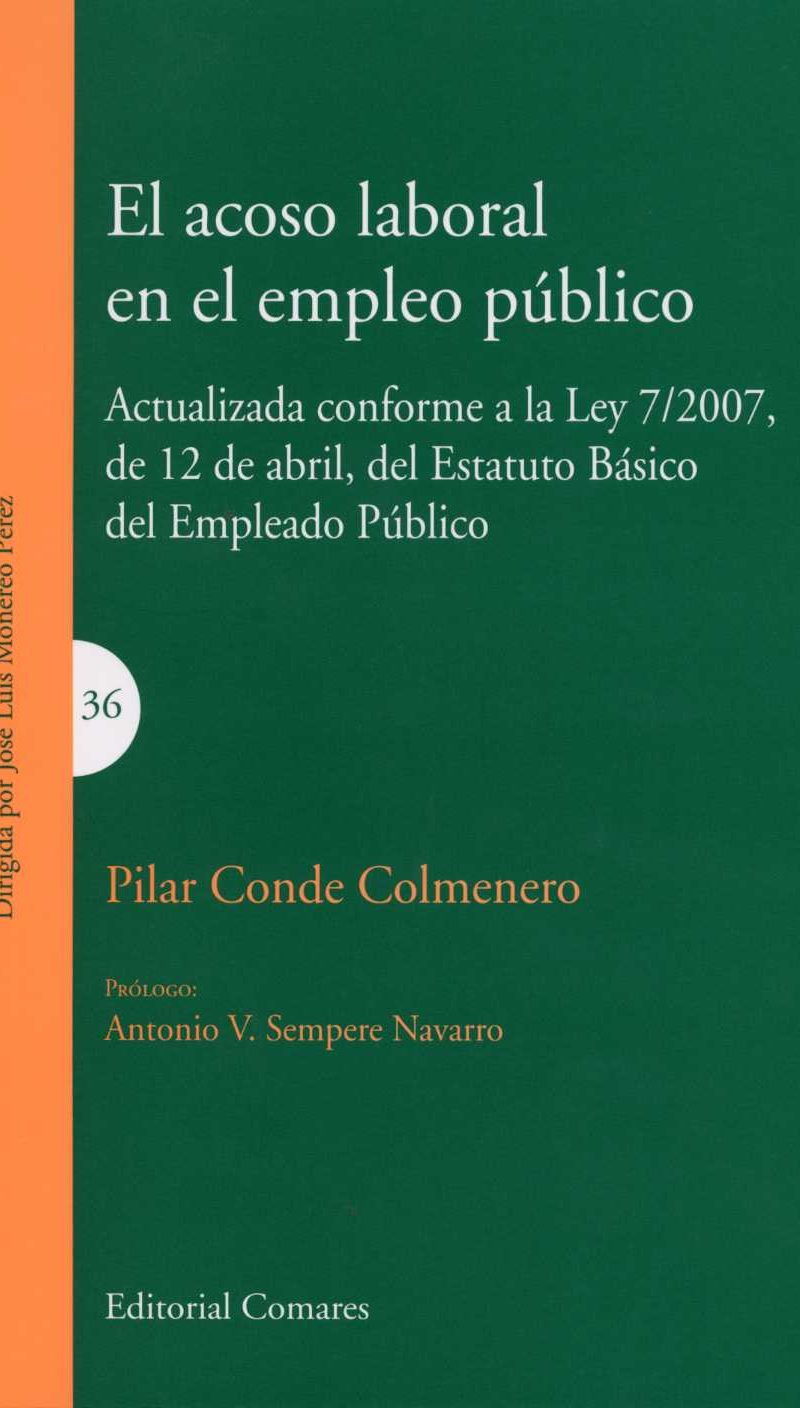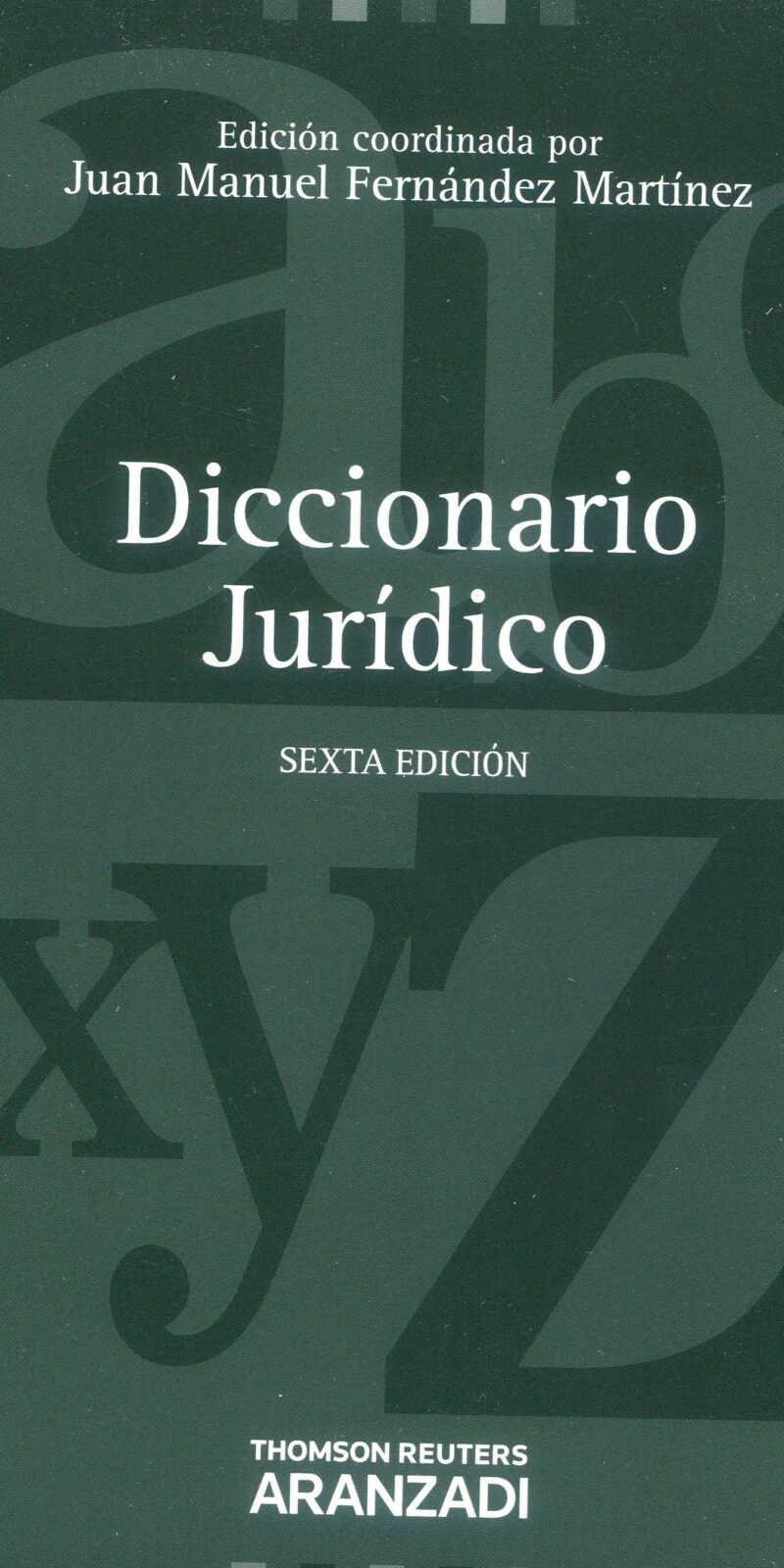«Innovating with Integrity» presents a comprehensive portrait of the local heroes – front-line public servants and middle managers – who are reinventing state and local government, and it offers practical
recommendations for innovating successfully. Based on a study of more than 200 successful government innovations, this book is the first large-scale, systematic analysis of innovation in American government.
Sandford Borins identifies the components of integrity that he finds in successful innovators, including the intellectual discipline to plan rigorously and to establish measurable goals; the ability to collaborate
with others and accommodate criticism; and a willingness to mobilize both the private sector and the community. In addition to analyzing the common traits driving new initiatives, Borins shows the distinctive
differences among six areas of innovation: information technology, organizational redesign, environmental and energy management, policing and community development, social services, and education. This
trenchant analysis of what initiatives actually work and why contributes to both the practice and theory of public management. Its practical advice will be especially valuable for front-line government workers,
public managers, union leaders, agency heads, politicians, and all concerned with reforming government.
CONTENTS
List of Tables
Foreword
Preface
PART I. Introduction: Innovating with Integrity
1. Objetives and Methodology
2. characteristics of Public Sector Innovations
3. The Who, Why, and How of Innovation
4.Obstacles Overeóme, Problems Persisting
5. Financing and Organizing Innovations
6. Results, Verification, and Replication
PART II. Introduction: On Being an Innovtor
7.Life in the Fast Lañe: Innovation through Information Technology
8. Revolution from Within: Organizational Change
9.Dances with Business: Environmental and Energy Management
10. We are Famuly: Community Building
11. Facing tghe Toughesst Challenges: Social Services
12. Everybody’s Business: Innovation in Education
13. Some Final Words for Practitioners and Acadenucs
Appendix: The Innovations Awards Questionnaire
Notes
References
Index


